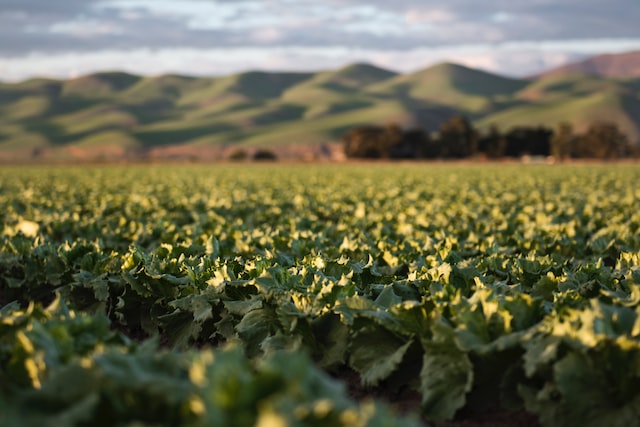Organic farming is in roots of India from ages. Nowadays, people’s increased health consciousness has led them to readily embrace natural cultivation. It is the practice that has been prevalent in India for many years. Nowadays, individuals from varying backgrounds are prepared to contribute a nutritious and synthetic-free item that can improve their general well-being. They are doing their piece to advance solid living inside the general public. The fundamental point of Natural Cultivating is to cultivate without influencing the climate. And it should be done by following the standards of well-being and care for all including soil.
In this day and age practice of natural cultivating has a blend of custom, development, and science. Horticulture and the collective area represent 16% of the nation’s gross domestic product and 14% of general commodities. It provide work to more than 55% of the labor force in the country.
Government Strategy for Agriculture Future
To accomplish this goal, different plans and projects have sent off by the public authority with accentuation on further developing homestead efficiency, upgrading horticultural exploration, schooling and augmentation empowering advancement, imbuement of fitting innovations, and working on the Manageability. The Public authority of India carried out the Public Program for Natural Creation (NPOP) in the year 2001.
The public program includes the licensed program for affirmation organizations, standards for natural creation, advancement of natural cultivating, and so on. States like; Uttaranchal, Karnataka, Madhya Pradesh, Maharashtra, Gujarat, Rajasthan, Tamil Nadu, Kerala, Nagaland, Mizoram, and Sikkim are advancing natural cultivating. Natural produces are progressively liked by evolved nations and major metropolitan habitats in India. Tremendous interest in Indian natural items particularly Spices, Oilseeds, Flavors, Tea, espresso, and so on in the global market. An exceptional class of purchasers is likewise arising in the homegrown market that requires quality food.
*Sikkim has been announced first Natural State in 2016
Future of Agriculture
As indicated by WHO, the all-out worldwide natural food market is around $37 billion. Of this $14 billion market is for natural plants and drugs, as most would consider normal to reach $5 trillion continuously in 2050. As indicated by the Worldwide Asset for Agribusiness and Advancement (IFAD), India has more than 15,000 guaranteed natural ranches. Natural ranches are for the most part more beneficial and harmless to the ecosystem, as it utilizes fewer synthetic substances and the buildup is similarly less compound serious. Natural food has numerous environmental advantages as well as it conveys nutritious food. According to a few investigations reports it shows that rehearsing natural frameworks over a significant period can outperform traditional strategies.
It ought to be executed by every one of the associations who are working in the natural food business they should expand the mindfulness of the advantage of Natural items. development is a natural state. By 2030, Meghalaya, one more upper east province of India additionally eyes changing over 200,000 hectares of land into natural development. In Kerala, more than 100,000 ranchers are taking on natural cultivating rehearses.
Right now, there is low mindfulness at the maker level on the contrast between customary cultivating and natural cultivating. At the buyer level, there is disarray between normal and natural items and a restricted comprehension of the medical advantages of natural food items. Moreover, buyers face a plethora of brand choices — imported or homegrown, item quality, the authenticity of claims, and certifications. It is basic for organizations engaged with the natural food business to build consciousness of the advantages of natural food among purchasers in non-metro urban areas.
Dynamically, individuals across all pay gatherings ought to approach natural food. Various means exist to work with this, such as laying out locally supported rural homesteads or implementing “grow your own food” programs. Where entrance is low, more modest estimated packs can assist with empowering preliminaries.

